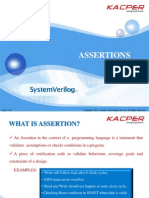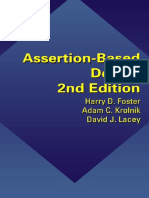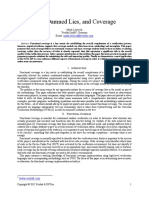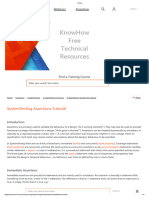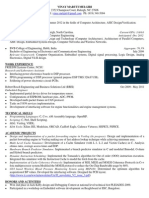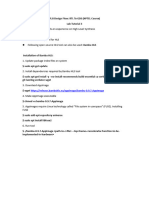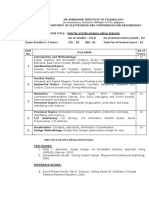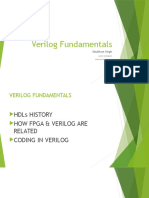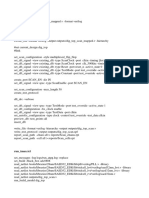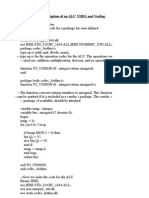0% found this document useful (0 votes)
19 views20 pagesSoCD2 - Unit 4
The document provides an overview of System Verilog Assertions, detailing their purpose in validating system behavior and improving debugging through Assertion Based Verification (ABV). It explains the types of assertions, their advantages, and the process of creating assertions, as well as the importance of randomization and coverage in verification. Additionally, it introduces UVM (Universal Verification Methodology) as a standardized approach for developing verification environments, highlighting its components and advantages.
Uploaded by
dedijes704Copyright
© © All Rights Reserved
We take content rights seriously. If you suspect this is your content, claim it here.
Available Formats
Download as PDF, TXT or read online on Scribd
0% found this document useful (0 votes)
19 views20 pagesSoCD2 - Unit 4
The document provides an overview of System Verilog Assertions, detailing their purpose in validating system behavior and improving debugging through Assertion Based Verification (ABV). It explains the types of assertions, their advantages, and the process of creating assertions, as well as the importance of randomization and coverage in verification. Additionally, it introduces UVM (Universal Verification Methodology) as a standardized approach for developing verification environments, highlighting its components and advantages.
Uploaded by
dedijes704Copyright
© © All Rights Reserved
We take content rights seriously. If you suspect this is your content, claim it here.
Available Formats
Download as PDF, TXT or read online on Scribd
/ 20






































